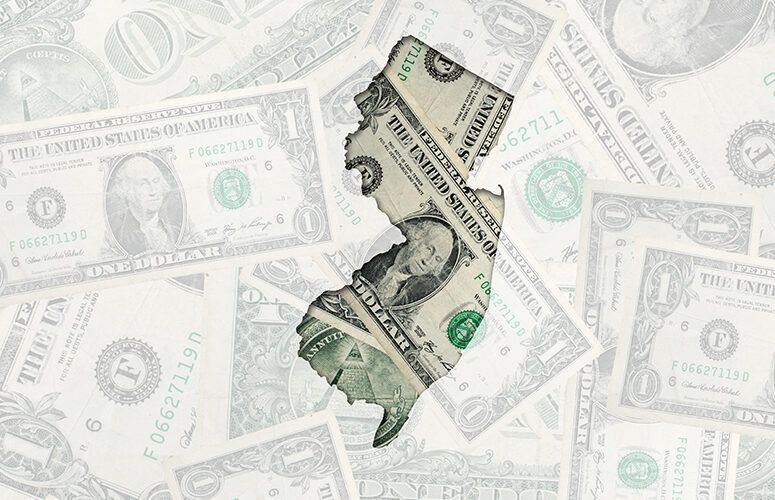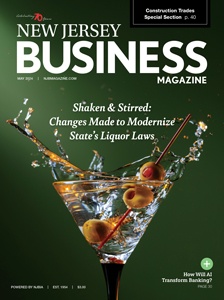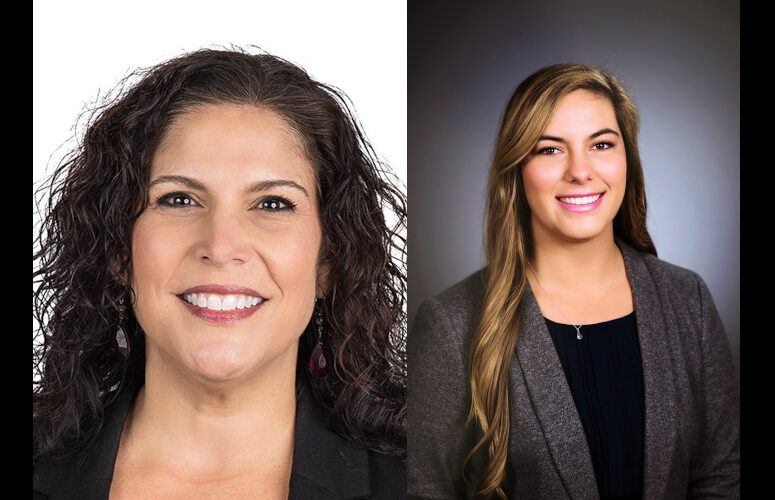
Does Your Part of NJ Get Its Fair Share?
On Apr 16, 2024New Jersey residents are divided on whether their part of the state gets its fair share of state resources, but there are wide regional variations in this opinion. A recent Monmouth University Poll finds that South Jersey residents feel most overlooked while Central Jerseyans are happiest with their share of state resources. The poll also attempts to settle a couple of burning questions in the Garden State. First, where exactly is Central Jersey? Second, what is New Jersey’s favorite convenience store?
When asked about the distribution of government spending and programs, 43% of New Jerseyans feel their region of the state gets its fair share of state resources while 47% feel it does not. A majority of Central Jersey residents (54%) say their region gets its fair share; 36% say it does not. At the other end of the spectrum, only 26% of South Jersey residents say their region gets its fair share, while nearly two-thirds (64%) say it does not. North Jersey residents are evenly divided – 45% say their region gets its fair share and 45% say it does not.
Focusing on New Jerseyans who feel their region does not get its fair share of state resources, the vast majority of this group in the southern (89%) and central (79%) parts of the state say that North Jersey is the region that gets more than its fair share. Among northern residents who feel they don’t get their fair share from the state, 35% say South Jersey gets more and 31% say Central Jersey gets more. Interestingly, though, 20% of North Jersey residents who say their region does not get its “fair share” feel it actually gets more than its fair share when they answer the poll’s follow-up question.
“It’s the same old Garden State story. South Jersey feels left out and North Jersey doesn’t seem to mind,” said Patrick Murray, director of the independent Monmouth University Polling Institute.
Determining regional definitions in New Jersey is a tricky business. When asked to name their home region, 41% of state residents say they live in North Jersey, 34% say Central Jersey, and 23% say South Jersey. The Monmouth University Poll uses a county-based definition of those three regions for its own demographic analysis of state opinion. Nearly 9 in 10 state residents are in agreement with how Monmouth describes their home region. There are a few pockets where slight disparities make sense. For example, some residents of the Somerset County towns of Bernardsville and Basking Ridge – which abut Morris County – tend to see themselves more in the northern part of the state. There are other differences, though, where residents’ own regional description is harder to reconcile with actual geography – such as in the Morris County towns of Roxbury and Rockaway as well as in a swath of Essex County from the Oranges to Maplewood – where some residents see themselves as living in Central Jersey.
There are two places, however, where a sizable difference of opinion exists between the Monmouth poll’s regional definitions and how residents themselves see it. These occur in Union and Ocean counties. Monmouth defines all of Union County as being in North Jersey, but about half the county’s residents see themselves as living in Central Jersey. Those residents tend to be located in a wedge of the county roughly defined as being west of State Route 27 and south of State Route 28. This includes the towns, or parts, of Clark, Cranford, Garwood, Plainfield, Rahway, Roselle, Roselle Park, Scotch Plains, Union Township, Westfield, and Winfield. Similarly, about half of those living in Ocean County – which the Monmouth poll defines as South Jersey – see themselves as Central Jerseyans. These residents generally live in the parts of Jackson and Toms River that lie north of County Route 571, and also include Brick and Lakewood townships, as well as the coastal towns of Bayhead, Lavallette, Mantoloking, Point Pleasant (Boro and Beach), Seaside Heights and Seaside Park.
“Now that there is official recognition Central Jersey exists, it seems everyone wants to live there. Or at least say they live there,” said Murray.
The Monmouth University Poll was conducted by telephone from February 29 to March 4, 2024 with 801 New Jersey adults. The question results in this release have a margin of error of +/- 4.2 percentage points for the full sample. The poll was conducted by the Monmouth University Polling Institute in West Long Branch.
To access more business news, visit NJB News Now.
Related Articles:





